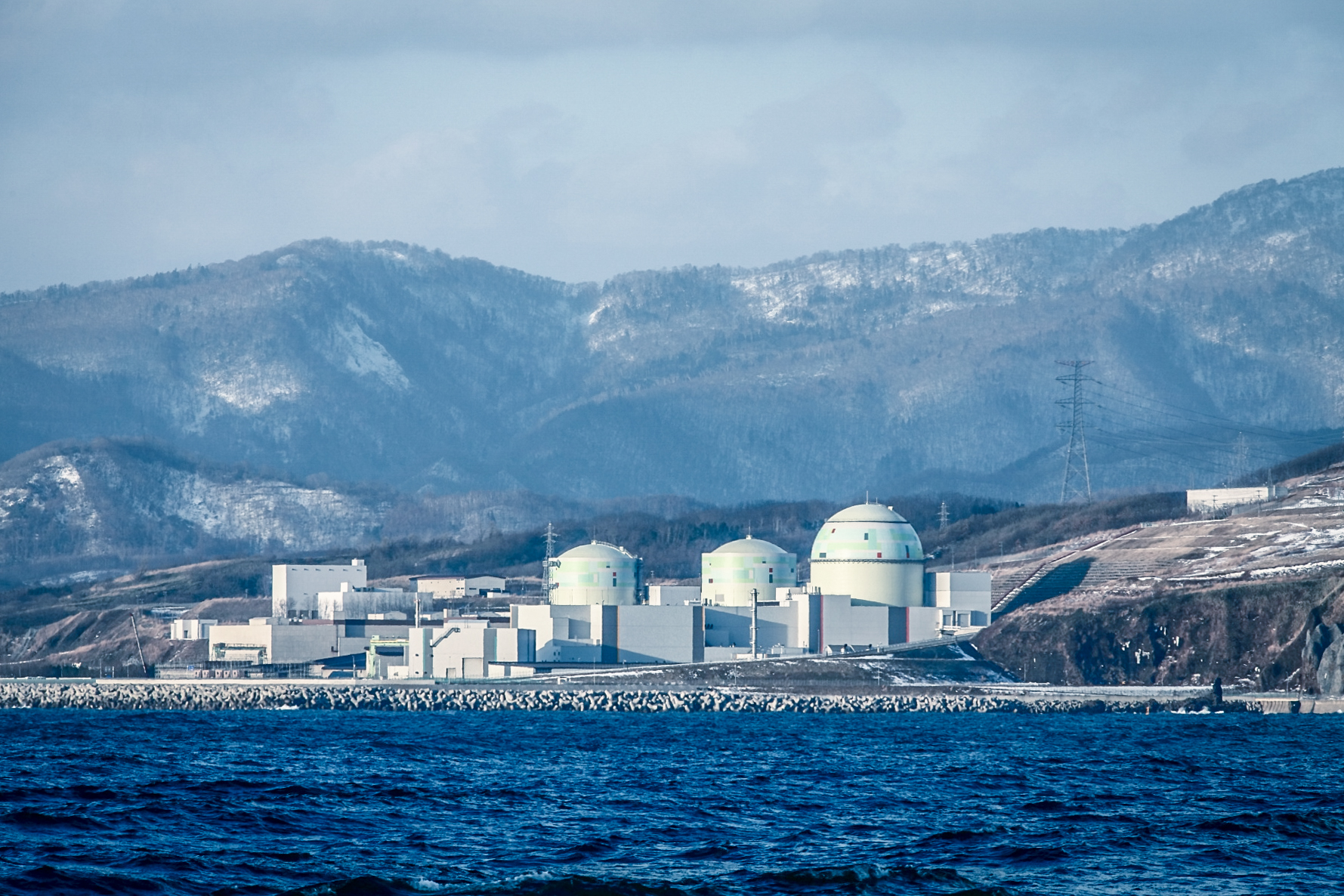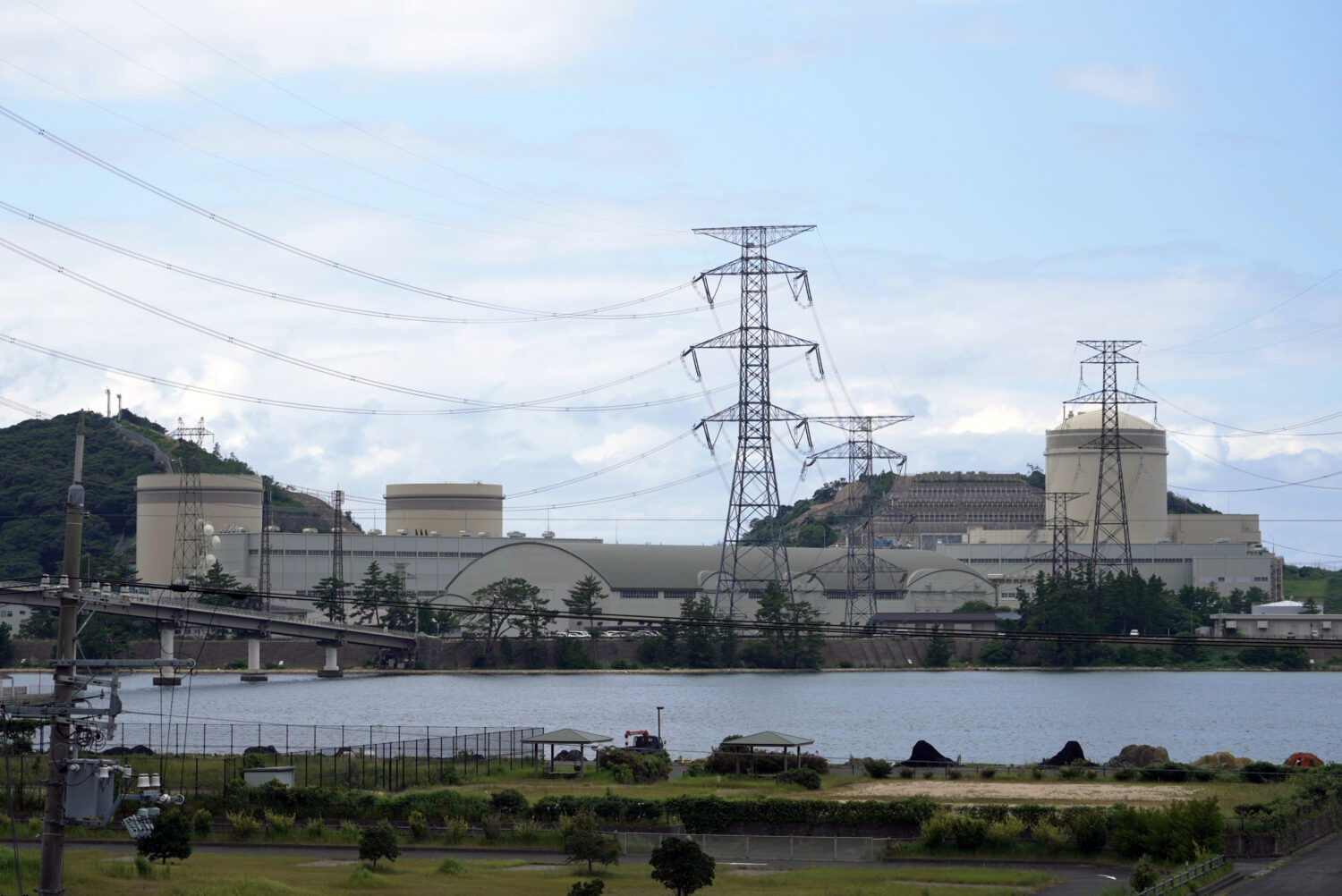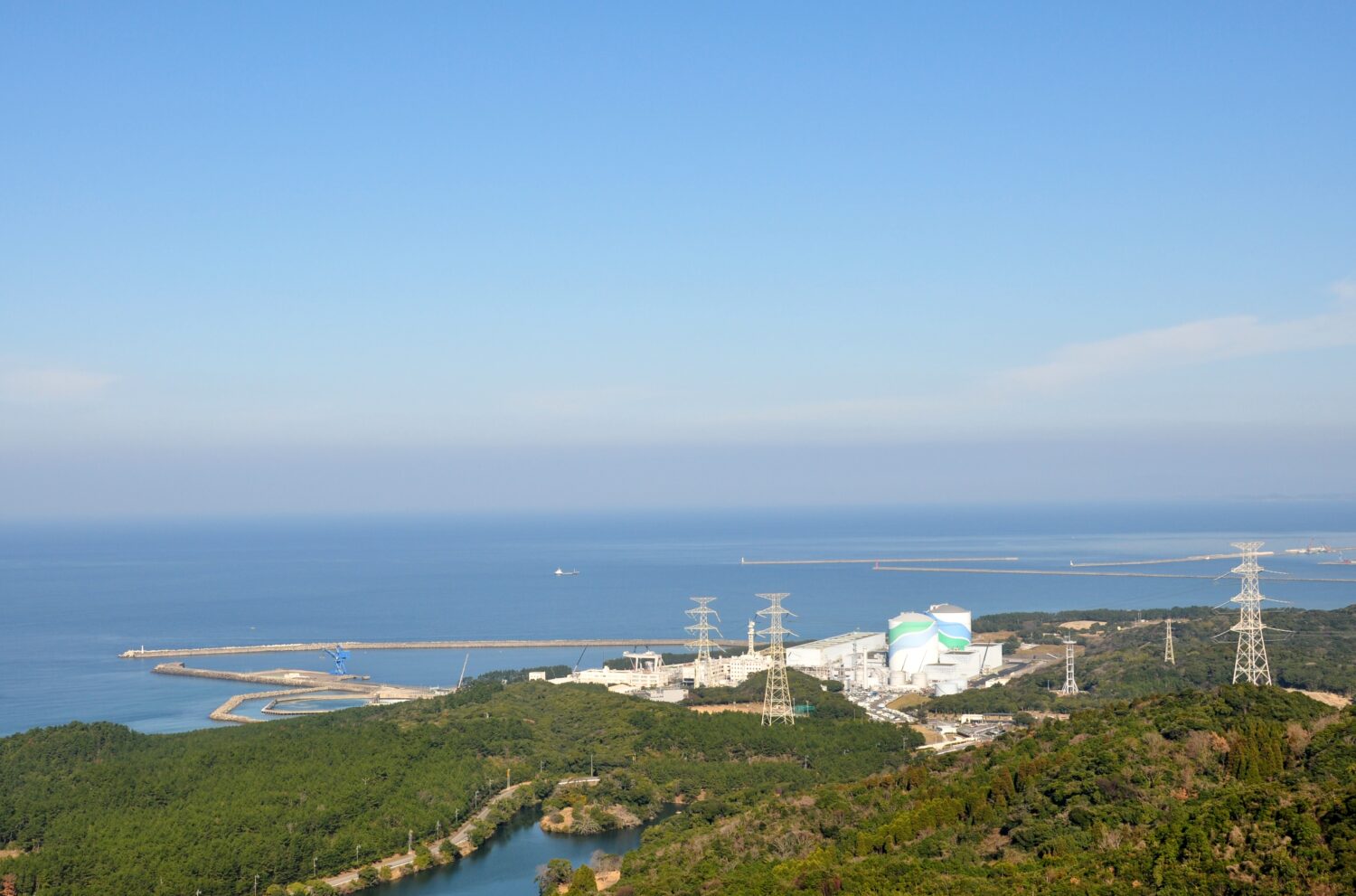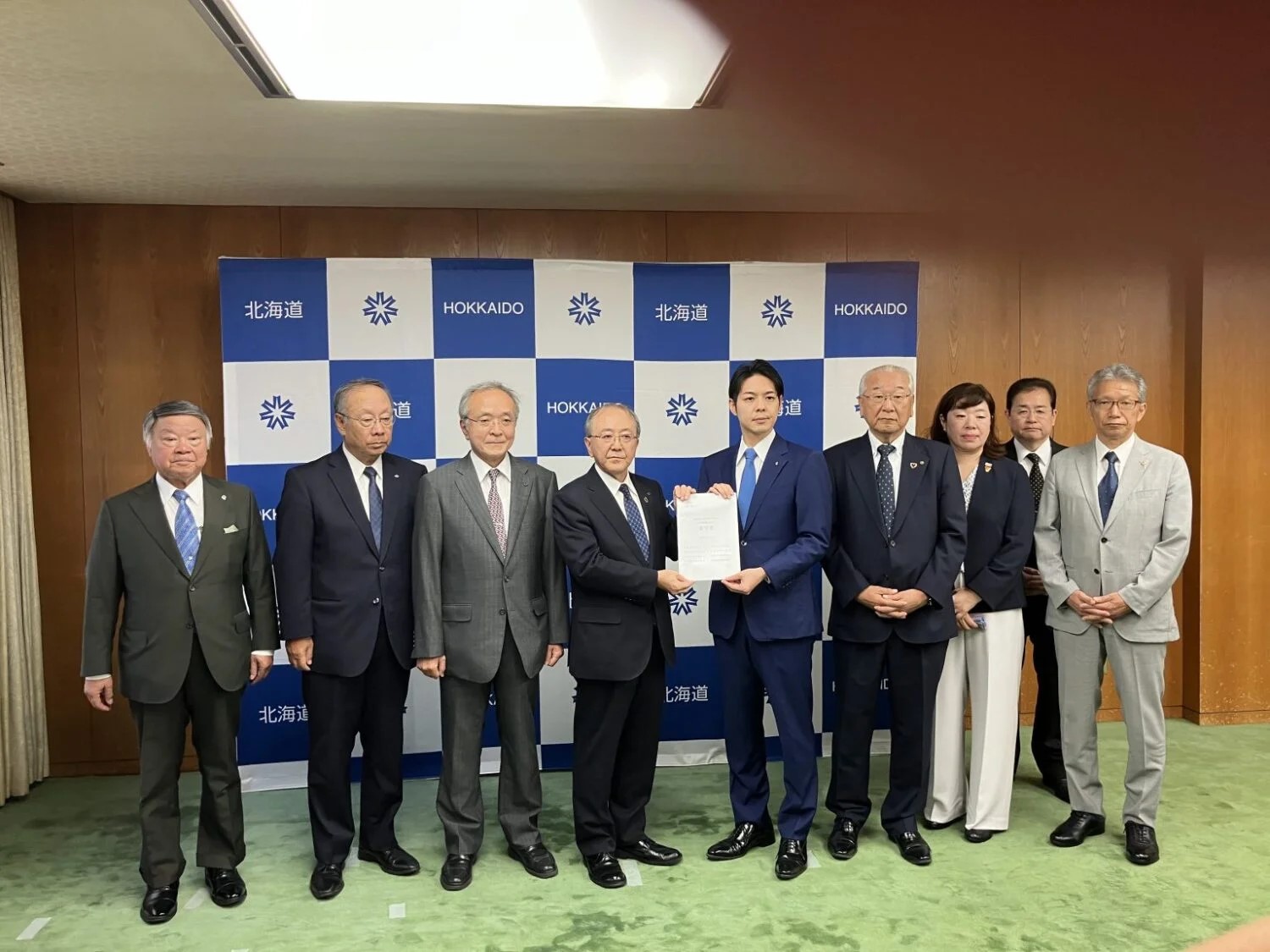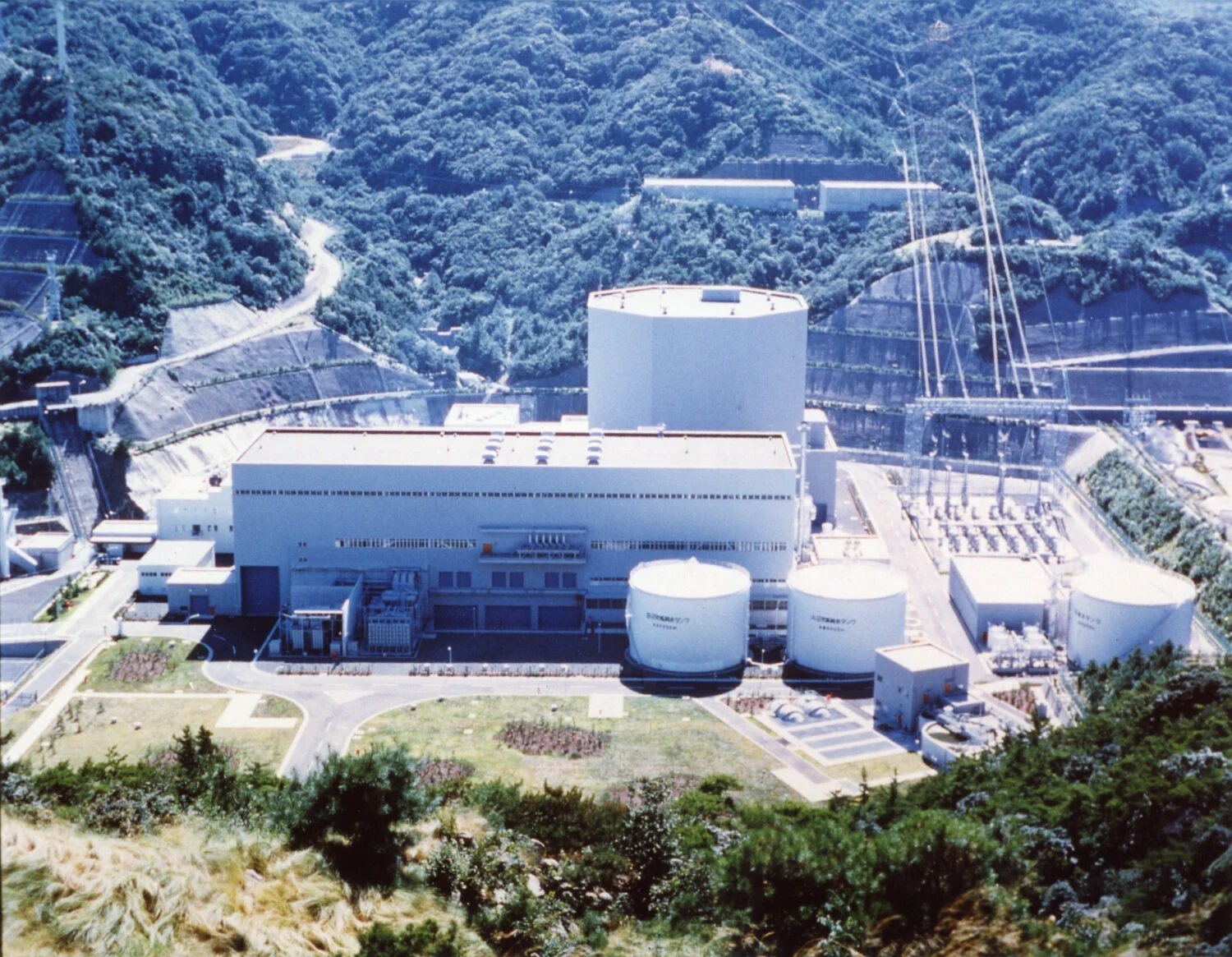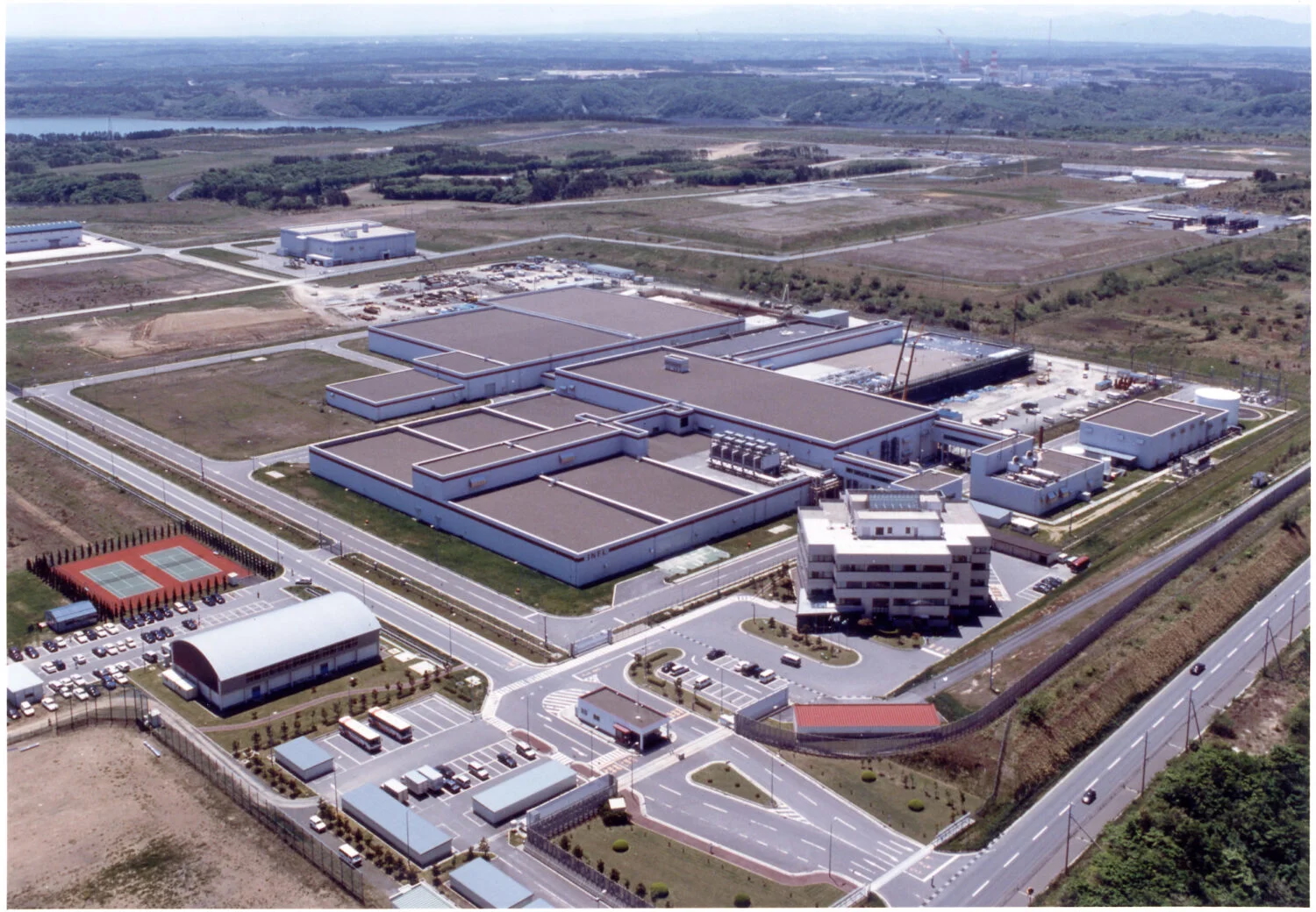Worldwide, many countries are extending the operational lifetimes of existing nuclear power plants after confirming their structural integrity. In Japan, the full enforcement of the GX Decarbonization Power Supply Act in June 2025 revised relevant legislation—namely the Electricity Business Act and the Reactor Regulation Act—making it possible in practice for nuclear plants to operate beyond the conventional 60-year limit, subject to regulatory approval.
At the same time, safety requirements for aging reactors have been tightened. Nuclear units that have operated for more than 30 years must prepare a long-term facility management plan every 10 years and obtain NRA approval to continue operation.
For Takahama-2, Kansai Electric Power conducted evaluations to determine whether any age-related degradation had occurred or might progress during future operation. For components and structures with potential degradation risks, assessments were extended to the equivalent of 70 years of operation to confirm that existing maintenance programs would continue to ensure safety.
Based on those results, the company formulated additional maintenance measures. These include planned replacement of internal reactor structures and the sixth surveillance test of the reactor pressure vessel to verify fatigue resistance. The power company will also update inspection plans for stainless-steel piping to reflect the latest technical findings, seal air-inflow paths inside reactor vessel insulation to strengthen temperature control, and replace pigtail-type electrical penetrations to enhance system reliability.
Kansai Electric Power stated that by combining these additional measures with ongoing maintenance activities, it has confirmed that the plant can remain sound and safe beyond 50 years of operation.



-049.jpg)
.jpg)

